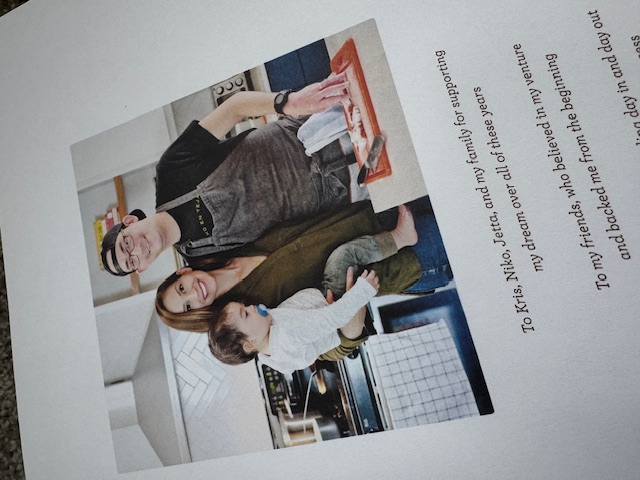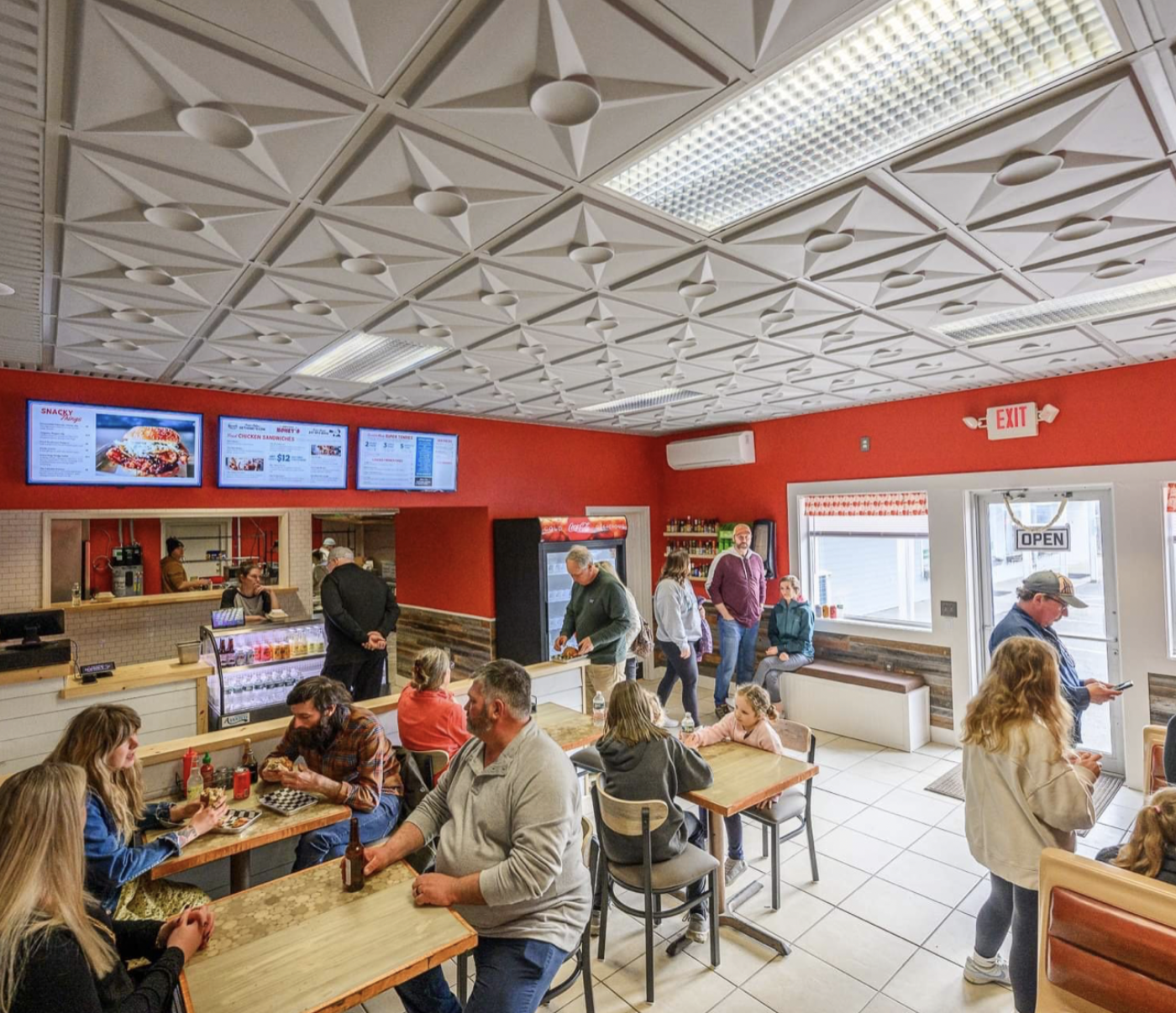Restaurant Valuation Calculator: How Much is a Restaurant Worth?
Enter Your Restaurant Information
Calculate your restaurant's market value using industry-standard valuation methods. Start by entering your financial information below.
Financial Information
Industry average for fast-casual: 70-80%
Industry Multiple: 3.0x (auto-selected)
EBITDA Preview: $250,000
Business Profile
📈 Growing restaurant (3-5 years)
Valuation Factors
Typical for fast-casual: 2.5-3.5x
Industry average: 3-7% annual growth
How to Use the Restaurant Valuation Calculator
This calculator helps you determine the market value of your restaurant using the EBITDA multiple method, the most common valuation approach in the food service industry. Each input directly affects your restaurant's valuation, so accuracy is crucial for reliable results.
- Enter your annual revenue - Include all revenue streams from the past 12 months (dine-in, takeout, delivery, catering). Higher revenue typically leads to higher valuations, as it demonstrates your restaurant's market presence and customer demand. This forms the foundation of your EBITDA calculation.
- Input operating expenses - Include all operational costs like food, labor, rent, utilities, and marketing as a dollar amount or percentage. Lower expense ratios (typically 70-80% of revenue) result in higher EBITDA and therefore higher valuations. Efficient operations are key to maximizing value.
- Calculate EBITDA - Let the calculator compute this automatically or enter your Earnings Before Interest, Taxes, Depreciation, and Amortization. EBITDA represents your restaurant's operational profitability and is the primary metric buyers use to value restaurants. Higher EBITDA directly translates to higher valuations.
- Select industry multiple - Choose the appropriate multiplier based on your restaurant type and market (typically 2-4x). Quick-service restaurants typically have lower multiples (2-3x), while fine dining establishments may command higher multiples (3-4x). This multiple is applied to your EBITDA to determine base value.
- Add years in operation - Indicate how long your restaurant has been in business (established businesses command higher multiples). New restaurants (less than 1 year) receive a 10% discount, while established restaurants (10+ years) receive a 10% premium. Longevity demonstrates stability and reduces buyer risk.
- Project growth rate - Enter your expected annual sales growth percentage to adjust valuation for future potential. Each percentage point above or below the 5% baseline adds or subtracts 1% from your valuation. Strong growth prospects justify higher prices.
Understanding Your Results
The calculator will provide three key outputs that help you understand your restaurant's market value.
- Estimated Restaurant Value - The calculated market value represents what a buyer might reasonably pay for your restaurant in the current market. This is your adjusted value after applying all multipliers and adjustments.
- Valuation Range - The range (±10% of estimated value) accounts for market conditions, negotiation factors, and buyer-specific circumstances. Most sales occur within this range.
- Value Adjustments - Three key metrics show how your inputs affected the final valuation: base value (EBITDA × multiple), years adjustment (based on operational history), and growth adjustment (based on projected growth rate).
The results also include a comparison to industry benchmarks and personalized recommendations for increasing your restaurant's value. Use these insights to identify areas for operational improvement and value enhancement before pursuing a sale.
The Reality of Restaurant Valuations
I'm going to be blunt. A lot of people won't touch restaurants as investments. As a result, the amount of money (or multiple) you can get for the business suffers. As business expert Codie Sanchez puts it in a viral TikTok video, "The average small business in the US sells for around $800,000. The average restaurant $198,000." She warns, "No wonder banks don't lend to restaurants." This ranks as one of the three businesses Codie would never invest in.
According to Sam Domino, a Transaction Advisor at Beacon Business Brokerage, a restaurant is typically valued at 1.5x to 3x of seller's discretionary earnings (SDE). However, these multiples vary significantly based on restaurant type and annual revenue.
Restaurant Valuation Multiples by Revenue
Sam Domino provides these rough multiples based on restaurant type and revenue:
| Annual Gross Revenue | Full-Service | Fast-Food |
|---|---|---|
| Less than $500K | 1.5x - 2x | 1.25x - 1.75x |
| $500K - $1M | 1.75x - 2.5x | 1.75x - 2.75x |
| $1M - $2M | 2.5x - 3.25x | 2.75x - 3x |
| More than $2M | 2.75x - 4x | 3x - 5x |
As you can see, annual revenue numbers and restaurant type both play a critical factor in determining restaurant valuation. But each valuation is highly nuanced. Is the restaurant growing or declining in annual sales? How long has the restaurant been open? Where is the business located? Does the owner keep good records for the business? Does the owner need to be involved in the business for it to run? All of these questions determine the value of the business.

Eric Silverstein, founder of The Peached Tortilla established in Austin back in 2010, offers a sobering perspective on restaurant valuations. "You pour your soul into every plate, every late night scrubbing the grill, but when it's time to sell, buyers just see numbers: your SDE, your rent, your food costs," Silverstein explains. He adds, "I've seen folks open places thinking they'll sell the concept in three years for a big payout, but that rarely happens. It takes years to build a loyal crowd, streamline costs, and show steady sales growth."
I've dabbled in restaurant investing personally, but have always thought of it more as a donation and don't expect a return. For example, I contributed $500 to Malcolm Bedell who launched "The Original Honey's Fried Chicken Palace" in Maine. Malcolm has a ton of experience operating hands-on in his businesses and has a good track record of success.
Malcolm informed me "1x - 2x annual earnings is not uncommon for a small independent restaurant if they can find a buyer at all." He adds, "Some restaurants who sell are lucky to get a fair value based on used cooking equipment and a location with some foot traffic. These are tough businesses to run and sell unless you scale and get your processes down."

Real-World Restaurant Performance: A Case Study
Here's an excerpt from a recent investor report that illustrates the challenges of restaurant operations. I invest in this restaurant and get quarterly reports that I will share with you here. I think these challenges highlight how the reasons why many investors stay away from this asset class.
"Q4 was one of our best yet at Honey's Fried Chicken Palace, and it makes me extremely confident and optimistic about the next year to come. As I outlined in our last quarterly report, we seem to still be in the 'honeymoon' period at Honey's, with customers continuing to increase, positive reviews nearly across the board, and refinements to our process that leave the kitchen confident that we can handle nearly any amount of volume that comes our way."
"As I review the monthly numbers for Q4, one of the most striking things is that our sales revenue for December was almost exactly the same as our sales revenue in July, which if you're at all familiar with Midcoast Maine and the ebbs and flows of our seasonal traffic, you understand is almost completely unheard of for our region."
"We're continuing to face the same staffing crisis that many in our industry are coping with. For Q4, however, our labor cost averaged out to 20.1%, which is well below our goal of the 30% that is standard for this type of business."
Despite strong sales and controlled labor costs, the report notes that quarterly distributions have been paused to cover increasing overhead costs like utilities. This illustrates a key challenge in restaurant valuations: even successful operations may struggle to generate distributable profits.
Key Formulas Used in Restaurant Valuation
Here are the calculations I built into this calculator.
Base Value Calculation
Base Value = EBITDA × Industry Multiple
Where:
- EBITDA = Annual Revenue - Operating Expenses
- Industry Multiple = Typically 1.5x to 4x depending on restaurant type
Adjusted Value Calculation
Adjusted Value = Base Value × (1 + Years Adjustment + Growth Adjustment)
Where:
- Years Adjustment: -10% to +10% based on operational history
- Growth Adjustment: (Growth Rate - 5%) × 1%
EBITDA Margin Calculation
EBITDA Margin = (EBITDA ÷ Annual Revenue) × 100
Industry Averages:
- Quick Service: 12-18%
- Fast Casual: 15-20%
- Full Service: 10-15%
- Fine Dining: 12-18%
Seller's Discretionary Earnings (SDE)
SDE = Net Income + Owner's Salary + Owner's Benefits +
Interest + Taxes + Depreciation + Amortization +
Discretionary Expenses
Valuation = SDE × Multiple (typically 1.5x to 3x)

Understanding Your Results
The calculator provides three key outputs:
- Estimated Business Value: The calculated market value of your restaurant based on the EBITDA multiple method, adjusted for operational history and growth projections.
- Industry Benchmark Comparison: How your restaurant compares to industry averages for similar concepts in terms of valuation multiples and financial metrics.
- Tips for Increasing Valuation: Personalized recommendations to improve your restaurant's value based on your specific inputs.
An Academic Perspective on Restaurant Valuations
Aswath Damodaran, who teaches at the Stern School of Business at New York University, offers a detailed case study on valuing an upscale French restaurant if you want to dig deeper into the topic of restaurant valuations.
In this presentation, Damodaran points out that restaurants face an illiquidity discount (20-30%) due to the lack of a liquid market: "In private company valuation, illiquidity is a constant theme." The discount varies by company health, size, and market conditions with studies showing restricted stock discounts of 33-35%.
The chef's reputation drives a significant portion of the restaurant's value with an estimated 20% revenue drop if they leave. "Adjusted operating income (existing chef) = $370,000; Operating income (adjusted for chef departure) = $296,000." This highlights the critical need to account for key personnel in valuation. Make sure to determine if a key player is coming with the transition of ownership of a restaurant. This human element will determine the valuation of a restaurant. So keep in mind if you're managing the yourself, you'll likely get a discounted offer from an investor.
